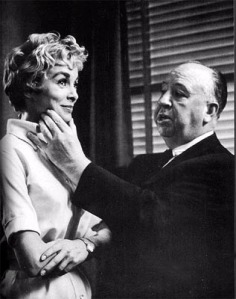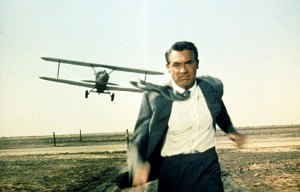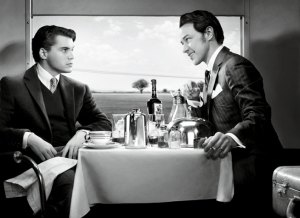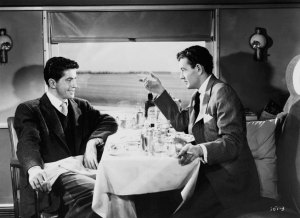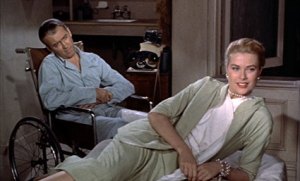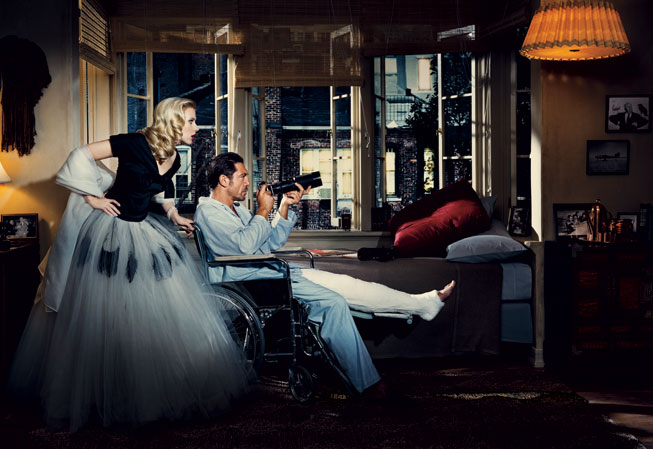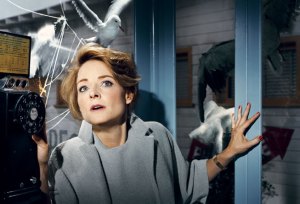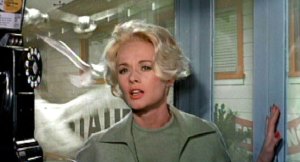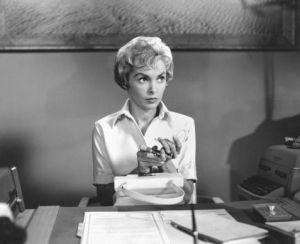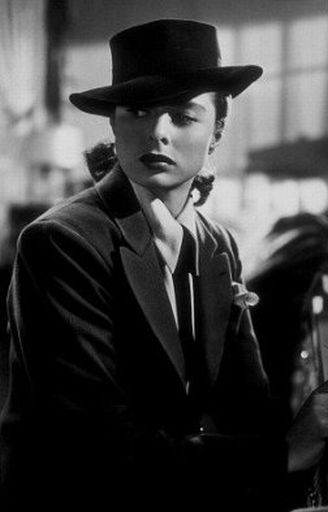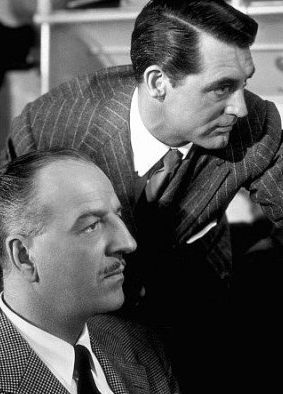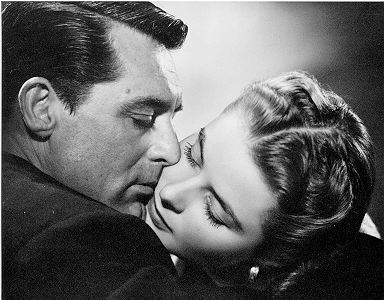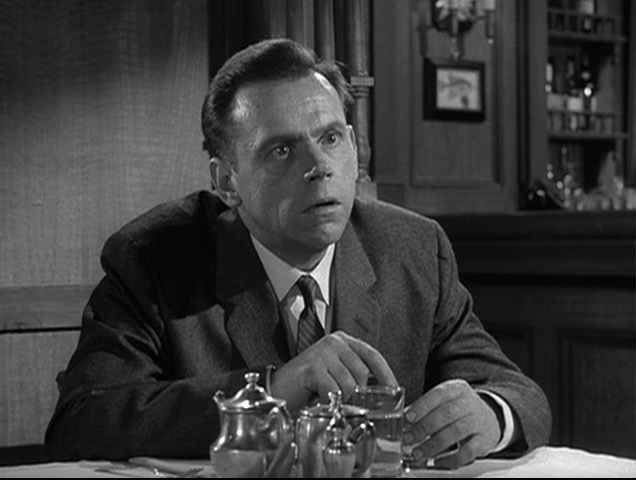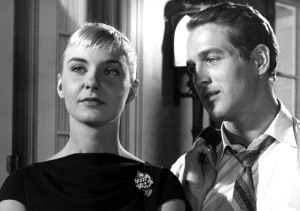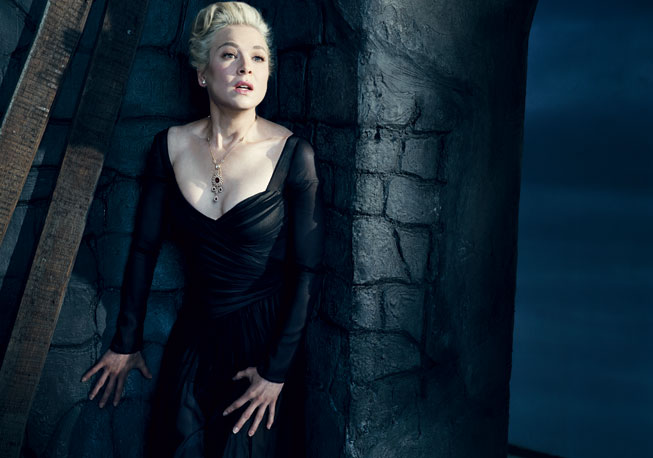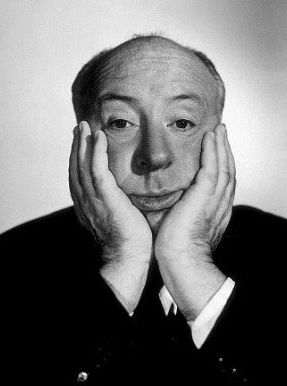 FILM
FILM In Which It's Signed Clyde Barrow and Bonnie Parker
 Tuesday, November 24, 2009 at 4:50PM
Tuesday, November 24, 2009 at 4:50PM 
Deeply and Authentically
by PETER BISKIND
Bonnie and Clyde was finished early in the summer of 1967.

The studio guys had snickered through the screening of the rough cut, and Dick Lederer knew they were going to bury it. It wasn't even on the schedule. The head of distribution was a man named Morey "Razz" Goldstein. Without having seen the picture, Goldstein decided to release it on September 22 at a drive-in in Denton, Texas. "September, in those days, was the worst time of the year to send out a picture," says Lederer. "It was just throwing it away."
One day in New York, Lederer got a call from a guy who worked at the studio doing trailers for him. He said, "I just saw a rough cut of Bonnie and Clyde; it's dynamite, a special movie." Lederer went to Kalmenson, said, "Benny, listen. Don't lock in Bonnie and Clyde just yet. Let's take a look at it before we make our decision. There's a rough cut available. Warren will scream, but I can get it sneaked in overnight."

The next afternoon, Lederer screened the picture for himself and his staff. He was knocked out. He went over to Goldstein's office, found the four division managers in a meeting. Goldstein said, "Dick, we've seen them and we're sticking with our original schedule. But I tell you what we'd like to do, one of those great country premieres in Denton. You get the old cars and raise hell, and you bring Warren, and Arthur and Faye, and we'll have a great time."
Lederer was furious. He turned to the division managers and said, "Listen. No problem getting the old cars, but that's all I can get. The only place Warren is gonna go when he hears what you're doing is into this office with a knife, to cut off your balls, one by one." He got up and walked out.

Meanwhile, the first public screening was held at the Old Directors Guild building on Sunset. Beatty invited the giants of Hollywood, the men he had cultivated - Charlie Feldman, Sam Spiegel, Jean Renoir, George Stevens, Billy Wilder, Fred Zinnemann, Sam Goldwyn, Bill Goetz, and so on. It was a nervy thing to do, and his friends told him he was crazy because there was nothing this crowd liked more than sticking it to some poor schmuck who was starring in a movie he was producing - must be some kind of vanity thing.

The day before, Rex Reed's nasty "Will the Real Warren Beatty Please Shut Up" had appeared in Esquire. Beatty was humiliated, and still depressed about the piece. He sat through the film out of sorts, barely looking at it. Bonnie and Clyde concluded with its balletic ambush. "In those days, people were not getting their heads blown off with hundreds of thousands of squibs in every scene," says Beatty. "It was as violent a piece of film as had ever been in movies." There was a long silence, which seemed to him like an eternity. Then the entire audience erupted in cheers. Ten rows behind him, somebody stood up and said, "Well, Warren Beatty just shoved it up our ass."
On the basis of this and other screenings, Beatty fought for better playdates. Goldstein was obdurate, said, "You guys are all crazy with this movie, give up on it already." But Beatty did not give up. Joe Hyams persuaded him and Penn that the Montreal Film Festival was the appropriate place for the premiere. "I remembered they had a picture called Mickey One, a piece of shit, and the only place in the world it succeeded was in Canada," recalls Hyams. "I said, 'That picture made it in Canada! This picture can make it in Canada.' " Bonnie and Clyde premiered worldwide at the Montreal International Film Festival at Expo '67, on Friday, August 4.
"What a reaction. It was incredible," recalls Lederer. "There were fourteen curtain calls for the stars, there was a standing ovation. After it was all over, Warren was on the bed in his suite with a girl on either side, dressed, but cuddling up to him. There was this nice young French girl who was the macher of the film festival. Warren said to this girl, 'Listen, honey, where is the wildest spot in Montreal? I want to go there tonight.' She said, 'Mr. Beatty, this is the wildest spot in Montreal!'"

The Times began to receive letters from people who had seen the film and liked it. What's more, Pauline Kael loved Bonnie and Clyde.
Kael was a tiny, birdlike woman, who looked like she might have been the registrar at a small New England college for women. Her unremarkable appearance belied a passion for disputation and a veritable genius for invective. Her writing fairly crackled with electricity, love of movies, and the excitement of discovery. Emerging in middle from the shadows of Berkeley art houses where she wrote mimeographed program notes for a coterie of whey-faced devotees, Kael blinked in the glare of the New York media world, then went to work.
She shunned politics, but something of a New Left agenda nevertheless found its way into her reviews. Her version of the antiwar movement's hatred of the "system" was a deep mistrust of the studios and a well-developed sense of Us versus Them. She wrote about the collision between the directors and the executives with the passion of Marx writing about class conflict.

Kael was very much the activist, very much the filmmaker's advocate. Like Andrew Sarris, she was not merely writing service piece advising readers how to spend their Saturday nights. The two reviewers were waging war on "Crowtherism," as they called it, soldiers in a battle against Philistinism. At the same time, they would convince the intelligentsia that Hollywood "movies", which had always been declasse - William Faulkner and F. Scott Fitzgerald had gone slumming when they went to Hollywood - could be art.
 with director arthur pennWhat Kael was saying was fundamentally sensible, but her sympathies left her vulnerable to the ballad of the helpless artist, a sad song that more than one director, hungry for a favorable review, was ready to sing. Says writer-actor Buck Henry, "Everyone knew that Kael was feedable, that if you sat next to her, got her drunk, and fed her some lines, you could get them replayed in some other form."
with director arthur pennWhat Kael was saying was fundamentally sensible, but her sympathies left her vulnerable to the ballad of the helpless artist, a sad song that more than one director, hungry for a favorable review, was ready to sing. Says writer-actor Buck Henry, "Everyone knew that Kael was feedable, that if you sat next to her, got her drunk, and fed her some lines, you could get them replayed in some other form."
Kael saw right away that Warners was too hidebound to understand what they had in Bonnie and Clyde. It was a situation tailored to her talents. She weighed in with a nine-thousand-word review that The New Republic, for which she was writing at the time, refused to print. It ended up in The New Yorker, and secured her a regular spot there. In her review, she said that "Bonnie and Clyde is the most excitingly American American movie since The Manchurian Candidate. The audience is alive to it. "

But more than that, she conducted a campaign to rehabilitate the film. Kael had acolytes - critics who followed her lead and would later be dubbed "Paulettes" - and she mobilized the troops. Rumor had it that she persuaded Morgenstern to see the picture over again. A week later, he published an unprecedented recantation.

"The Pauline Kael review was the best thing that ever happened to Benton and myself," recalls David Newman. "She put us on the map. This was a genre gangster film in its broad outline, not a highly respected genre. What she did was say to people, 'You can look at this seriously, it doesn't have to be an Antonioni film about alienated people walking on a beach in black and white for it to be a work of art.'" Adds Robert Towne, "without her, Bonnie and Clyde would have died the death of a fuckin' dog." Giving a major share of the credit to the writers, Kael slighted Beatty, dismissed him as a middling actor. He called Kael, charmed her. When she finally met him, some time later, at a screening of documentary on Penn, she says, "he came on very strong to my daughter, who was a teenager at the time."

Beatty had begun to see Julie Christie, whom he had first met in London in 1965 at a command performance for the Queen. "Julie was the beautiful and at the same time the most nervous person I had ever met," he says. "She was deeply and authentically left-wing, and making this fuss over royalty did not amuse her. She could not contain her antipathy for this type of ceremony." She had grown up poor on a farm in Wales, and she was not impressed by the fact Beatty was a movie star, in fact, held it against him.

Nevertheless, they became seriously involved, and remained so for about four years. Christie had no trouble fitting into L.A.'s hip political scene. She shared her suite when she was in town, dashing through the lobby of the Beverly Wilshire Hotel in a diaphanous white cotton sari with little underneath.
"If ever a movie star existed for whom stardom meant nothing, it was Julie," says Towne. "She was genuinely a blithe spirit." Five-figure residual checks would flutter from her handbag onto the floor of the hotel lobby as she rummaged around for her keys. One day she appalled Beatty by losing a $1,000 check in the street. But she was clear and uncompromising about her priorities, never stayed in Hollywood longer than she had to, and when she had made enough money, she would stop acting. By March of 1967, however much she disdained stardom, she had become a hot actress, having won an Oscar for Darling.

When Christie was elsewhere, Beatty indulged his singular form of recreation. He was always on the phone with women, rarely identifying himself, speaking in a soft, whispery voice, flattering in its assumption of intimacy, enormously appealing in its hesitancy and stumbling awkwardness. He told them that yes, he was in love with Julie, but he wanted to see them anyway. Not in the least put off, they appeared to find this reassuring. He explained his MO: "You get slapped a lot, but you get fucked a lot, too."
Peter Biskind is the legendary author of Easy Riders, Raging Bulls, from which this excerpt is taken. You can buy a copy here.

"Bonnie and Clyde" - Serge Gainsbourg ft. Brigitte Bardot (mp3)
"La Javanaise" - Serge Gainsbourg ft. Juliette Greco (mp3)
"L'Alouette" - Serge Gainsbourg (mp3)









































